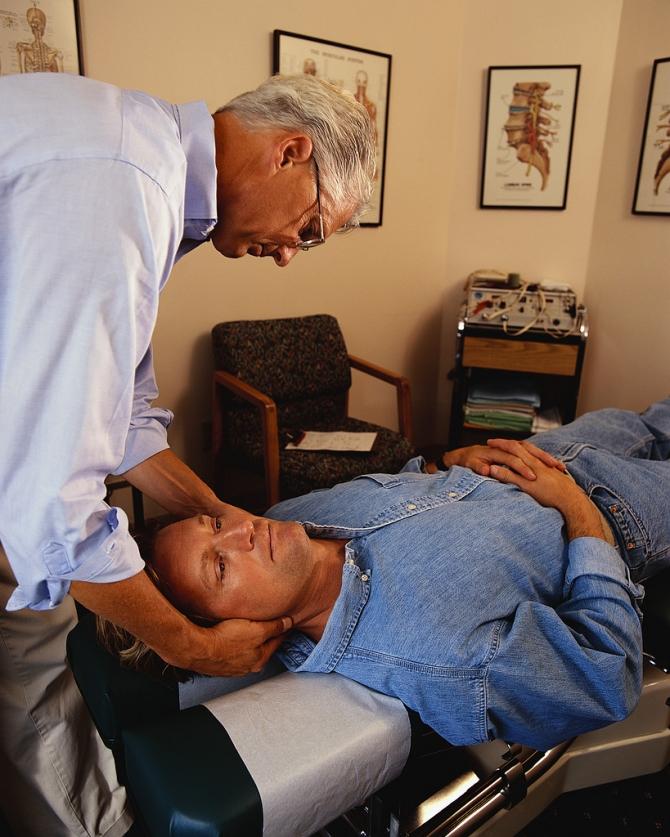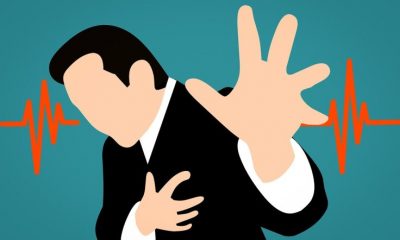Does cracking the neck increase the risk of stroke? A woman found out the hard way when she had her neck readjusted at a chiropractor’s office for the first time.
Mariah Bond, a 29-year-old dental nurse, had been suffering issues with her neck, so she decided to see a chiropractor for the first time after a medical massage failed to address the problem. But instead of finding relief, she suffered the consequences of her bold move.
According to Bond, the chiropractor twisted her neck from side to side during her appointment. She said she’d never been to a chiropractor before, so she assumed everything went well even after hearing the cracks, according to UNILAD.
“It cracked both ways, and I’d seen chiropractor videos, so I thought it was normal, but when I stood up, I got super dizzy,” she said before adding that she was also “throwing up constantly.”
While vomiting profusely, her hand started to tingle. Realizing that her situation was getting serious, she was rushed to the hospital.
“I called my husband because there was no way I was going to drive, and I had no idea what was going on. I was still throwing up constantly, it was nonstop. I couldn’t open my eyes because if I did, I’d start throwing up because I was so dizzy,” she was quoted by the outlet as saying.
At the hospital, Bond was immediately subjected to a CT scan, and that’s how doctors found out that she was “having a stroke.” The chiropractor reportedly “tore [an] artery on the back of [her] neck, so [her] brain didn’t get any blood.”
Bond was unable to walk after the incident and was “having weird feelings in my legs.” She had to stay at the hospital for five days after her chiropractor visit. After this, she had to attend physiotherapy for two months so she could walk normally again and return to work.
Bond’s story is just one of the growing documented cases of how a simple neck adjustment could lead to serious complications and even fatalities. A 34-year-old model reportedly died after suffering a neck injury at a chiropractor’s office in 2016.
Addressing how neck cracking could be dangerous, Dr. Joe Whittington, a California-based emergency medicine doctor with Kaiser Permanente, confirmed via TikTok that neck adjustment “is a known risk factor for stroke.” According to him, he had personally seen three cases.
Cracking the neck, like auto accidents, involves sudden movement of the cervical spine, which includes the seven bones in the neck. This could injure the neck arteries, leading to stroke symptoms and other complications.
A woman who recently went viral after sharing her story via Twitter claimed she learned at the hospital that “strokes happen from neck cracking all the time.” But experts clarified that it’s an overstatement. SUNY Downstate in New York professor and vice chair of neurology Dr. Steven Levine said via BuzzFeed News that it’s somewhere between 1 in 100,000 and 1 in 1 million.
The American Chiropractor Association maintained that neck adjustment or cervical manipulation has its benefits, such as relieving muscle spasms, pressure and tension in the neck. However, the organization warned that it should only be performed by a skilled and well-educated professional.
In Bond’s case, though her last CT scan on June 13, 2022, indicated that her blood vessel had already completely healed, she vowed never to visit a chiropractor again, and she’s sharing her traumatizing experience to bring awareness to the issue.
“I’m pretty paranoid with my neck now… I’d tell people not to go to a chiropractor. I’ve already told a million people not to do it. Just don’t go, or at least don’t let them do your neck,” she told UNILAD.
















